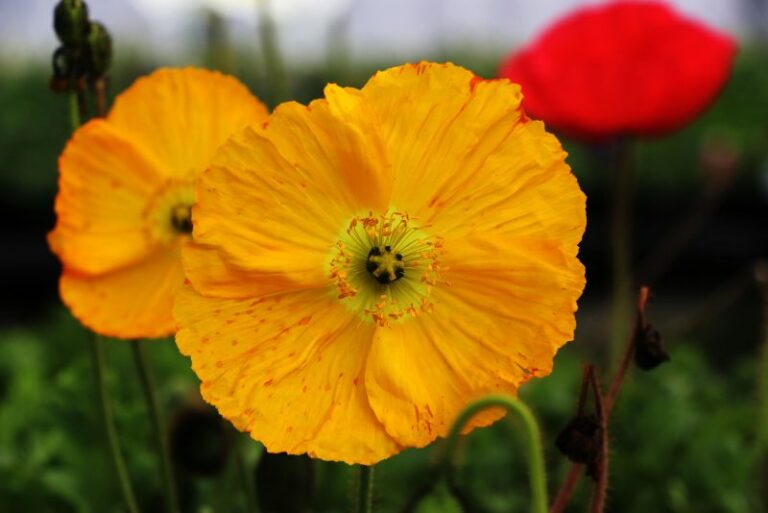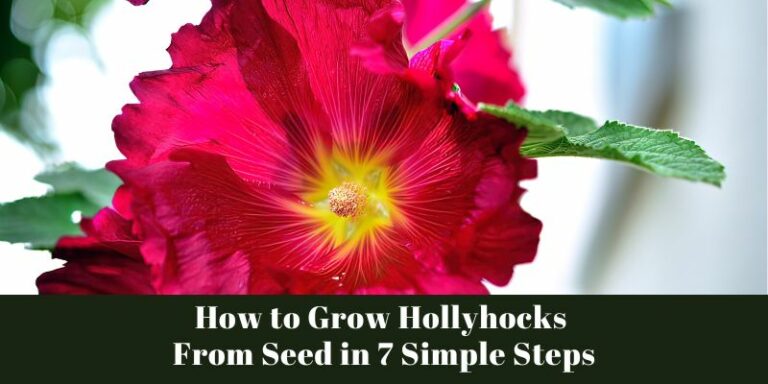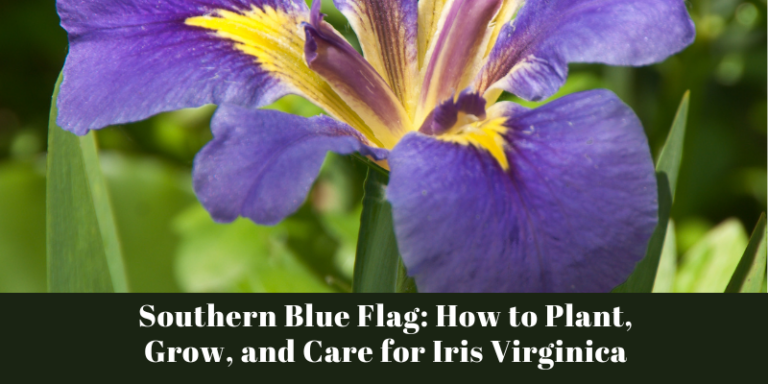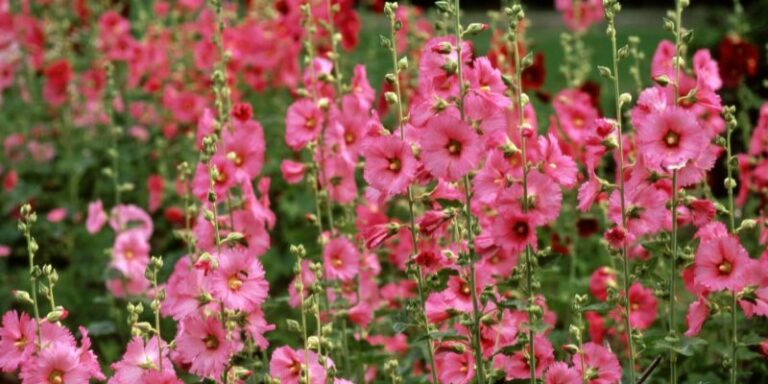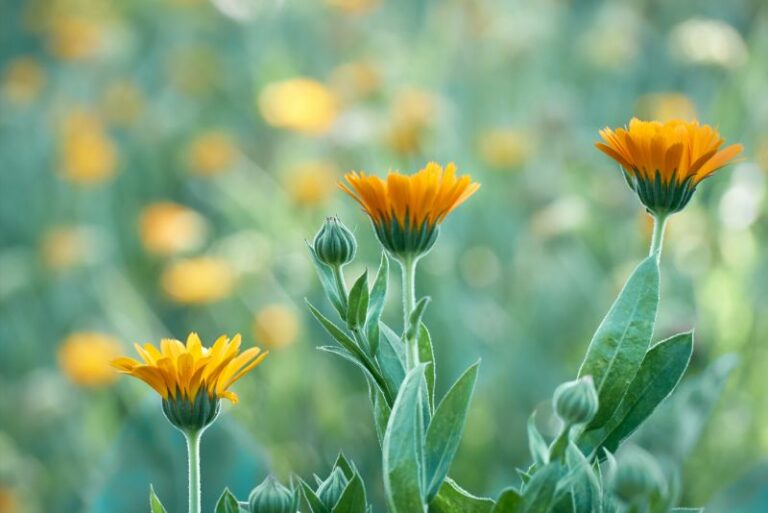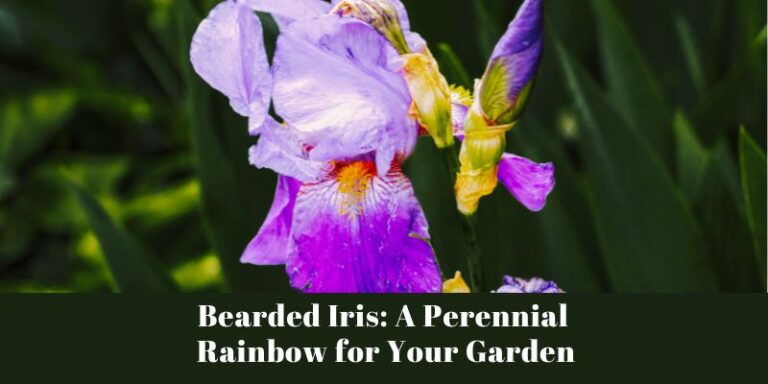How to Grow Japanese Anemones: The Ultimate Gardener’s Guide
The serene wild beauty of Japanese anemones, with their delicate petals and elegant stems, has been a favorite among gardeners for centuries. If you’re looking to enhance your garden with these perennial treasures, now is the time to learn how to grow them with care and finesse. Japanese anemones, also known as windflowers, can offer a splash of color when other plants fade, but they require a thoughtful touch to truly flourish.
In this comprehensive guide, we’ll take you through everything you need to know about bringing the magic of Japanese anemones to your home garden. From site selection and planting to nurturing and addressing common issues, you’ll gain the knowledge to nurture these beauties to their full potential. Whether you’re a seasoned green thumb or a budding enthusiast, these insights will set you on the path to a stunning anemone display.
Choosing the Right Location

The success of growing Japanese anemones hinges significantly on their placement in the landscape. Here are the three key factors to consider when selecting the right spot for your anemones:
Sunlight Requirements
Japanese anemones prefer partial shade, but they can tolerate full sun in cooler regions. In warmer climates, it’s best to provide morning sun and afternoon shade to avoid stress. Direct sunlight can cause their delicate flowers to wilt prematurely.
Enhancing the beauty of the Anemones’ blooms is partly dependent on the amounts and type of light they receive. Aim for a site that receives dappled sunlight—bright but indirect light—creating an ethereal glow around these plants when in bloom.
Soil Conditions
Anemones thrive in well-draining, fertile soil high in organic matter. Add compost to the planting area to ensure a good balance of air and water in the soil. Dig the amendments deep into the soil, preferably a foot or more, as anemone roots can spread.
It’s crucial to steer clear of waterlogged soil, which can cause root rot. A slightly acidic to neutral pH (around 6.0-7.0) is ideal for healthy growth. Soil conditions are non-negotiable, as Japanese anemones are sensitive to soil quality.
Climate Considerations
Japanese anemones are remarkably adaptable, but they still have their limits. Extremely cold winters or hot, dry summers can be tough on them. Gardeners in severe climates may need to mulch around the plants to protect their roots from frost or excessive heat.
Taking into account your region’s climate will help you choose the right varieties to plant. Some cultivars are better suited for colder or warmer temperatures, so ensure you select ones that can tolerate the local climate.
Planting and Maintenance
Once you’ve selected the perfect spot for your Japanese anemones, it’s time to get them in the ground. Here’s how to do it right:
Planting Season and Depth
The best time to plant Japanese anemones is in spring, after the last frost, or in fall, at least a month before the ground freezes. Set the plant in a hole that’s twice as wide and just as deep as the root ball. Backfill with soil and press gently to remove air pockets.
An important detail is the positioning of the crown, or the top part of the root where the stem meets the roots. It needs to be at or just above the soil level to best support the plant’s growth.
Watering and Fertilizing Tips
Water newly planted Japanese anemones regularly to keep the soil moist but not waterlogged. Once established, anemones are fairly drought-tolerant but appreciate a weekly deep watering during dry spells.
Fertilizing is not necessary, but if your soil is particularly poor, a balanced, slow-release fertilizer in the spring can give them a boost. Too much fertilizer can lead to excessive foliage at the expense of flowers, so use sparingly.
Pruning and Deadheading Techniques
Pruning Japanese anemones is a subjective practice. Some gardeners prefer to cut them back in early spring to promote a bushier growth habit and more blooms. Others leave them until late winter for birds to feast on the seeds.
Deadheading involves removing spent flowers to prevent seed development, which can sometimes induce a second round of blooms. Deadhead by trimming the stem down to the next set of healthy leaves. This practice also helps redirect the plant’s energy into strengthening the plant itself.
Dealing with Common Issues
No plant is immune to problems, and Japanese anemones are no exception. Here’s how to handle some of the most common issues:
Pests and Diseases
While relatively pest and disease-free, Japanese anemones can sometimes fall prey to aphids or slugs. Aphids can be controlled with a strong spray of water, insecticidal soap, or by encouraging natural predators like ladybugs. Slugs can be managed with beer traps or diatomaceous earth sprinkled around the plants.
Leaf spot is a fungal disease that can occasionally affect anemones, causing discolored spots on the foliage. Remove and destroy affected leaves as soon as you notice them and ensure good air circulation around the plants to prevent further spread.
Troubleshooting Poor Growth
If your anemones aren’t flowering as expected, it could be due to inadequate sunlight, overfertilization, or planting too deeply. Consider these factors and make adjustments as necessary.
Remember that anemones may take a year or two to establish before they start flowering heavily. Additionally, overwatering can cause root rot and poor drainage, a common problem that stunts growth. Assess if the soil around the plants is staying excessively wet and take steps to improve drainage if necessary.
Winter Care
In cold climates, apply a layer of mulch around the base of the plants in the fall to protect them from frost. Avoid using heavy mulch directly on the crowns, as it can cause rot. In the spring, remove mulch once the threat of frost has passed.
It’s also important to note that anemones can spread aggressively; so, if lack of space is a concern, divide the plants in the spring every few years to maintain their health and manage their growth.
Enhancing Curb Appeal
The appeal of Japanese anemones extends beyond their individual beauty. They can be a striking addition to various landscape designs, especially when paired with the right plants and colors.
Companion Planting Ideas
Japanese anemones can be complemented by a wide range of shade-loving plants, including astilbes, hostas, and ferns. In sunnier spots, mix them with ornamental grasses, sedums, and daylilies for a beautiful contrast.
Choose plants that share similar cultural requirements to ensure that your companions thrive alongside your anemones. The key is to create a harmonious garden where the elements support and highlight each other.
Design Tips for Incorporating Japanese Anemones
The tall, graceful stems of Japanese anemones make them an excellent choice for the back or middle of a border. Plant them in groups for a more dramatic effect, or use them to break up the monotony of larger beds with varied shapes and heights.
You can also play with color by selecting anemone varieties with different colored flowers. Contrast or complement the existing color scheme in your garden to create a dynamic and interesting space.
Conclusion
Caring for Japanese anemones requires attention to detail in terms of site selection, planting, and ongoing maintenance. By addressing common issues and enhancing their presence in your garden, you can enjoy their charming blooms year after year.
Remember to start with the right location, ensuring adequate sunlight, and well-draining, fertile soil. Be mindful of maintenance practices such as watering, fertilizing, and pruning. And when it comes to potting or plant placement, consider the impact they can have on your design and the curb appeal of your home garden.

